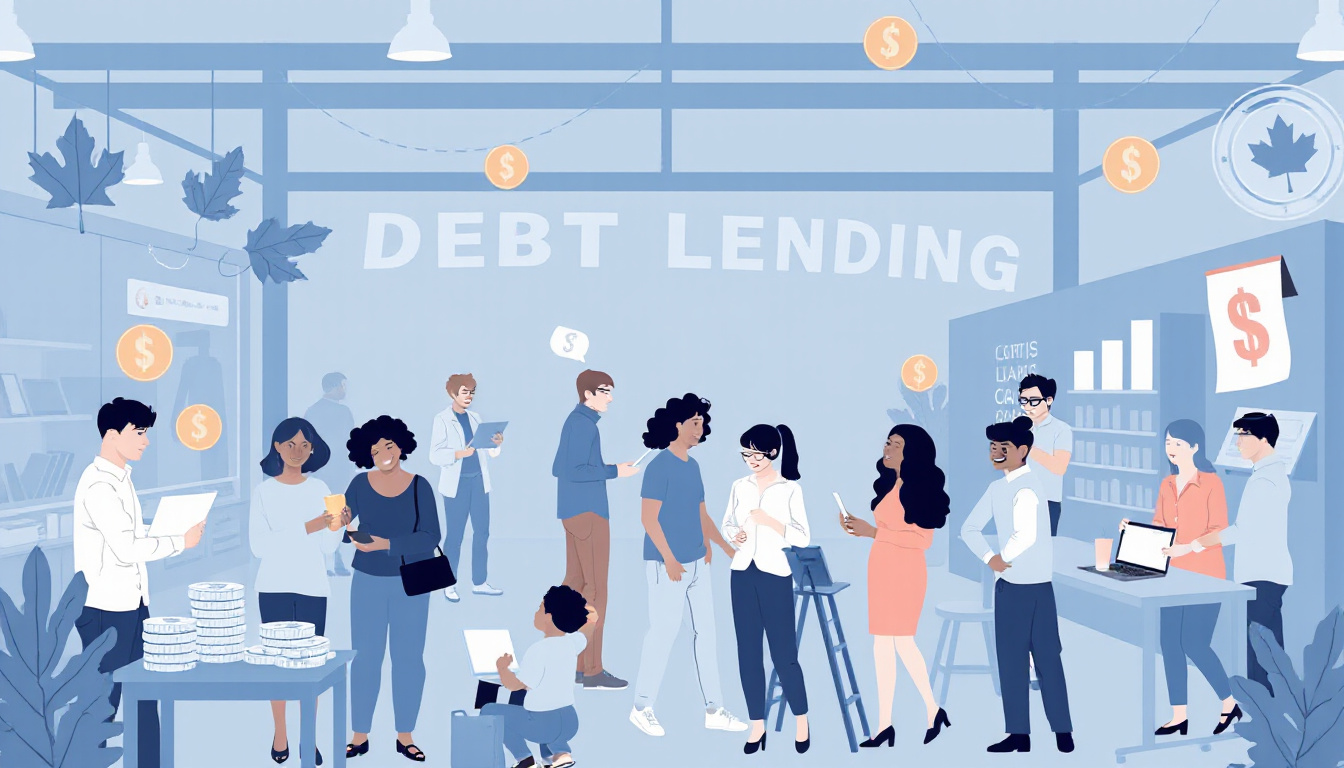In today’s financial landscape, traditional lending options are no longer the only route to securing funds for personal or business needs. Enter peer-to-peer (P2P) lending—an innovative alternative that connects borrowers directly with individual investors, bypassing banks and other financial institutions. But what is a peer-to-peer loan? This comprehensive guide aims to illuminate the concept of P2P lending, explore its benefits and risks, and provide a step-by-step process on how to get started. Whether you’re considering borrowing money or looking to invest, understanding peer-to-peer loans can empower you to make informed financial decisions.

Key Takeaways
- Peer-to-peer loans connect borrowers directly with individual lenders, bypassing traditional financial institutions.
- These loans often offer lower interest rates and more flexible terms compared to conventional loans.
- Investors in peer-to-peer lending can potentially earn attractive returns, albeit with associated risks.
- Borrowers should carefully assess their creditworthiness and the terms of the loan before proceeding.
- To start, individuals can explore reputable peer-to-peer platforms and understand their specific requirements and processes.
What is a Peer-to-Peer Loan?
A peer-to-peer loan (P2P loan) is a form of borrowing and lending that connects individuals directly, bypassing traditional financial institutions like banks. Essentially, it allows people to lend money to others in exchange for interest on their loans. This type of lending is facilitated through online platforms that match borrowers with investors who are willing to finance their loans. The primary advantages of P2P loans include potentially lower interest rates compared to conventional loans, greater access for those with less-than-perfect credit, and a streamlined application process. For Canadians exploring various debt management solutions, understanding what a peer-to-peer loan is can be vital in finding the right financial assistance to meet their unique needs.
Benefits and Risks of Peer-to-Peer Lending
Peer-to-peer lending (P2P lending) is an innovative financing solution that allows individuals to borrow and lend money directly through online platforms, bypassing traditional financial institutions. What is a peer-to-peer loan? In essence, it connects borrowers seeking personal loans with individual investors looking to earn interest on their funds. One of the primary benefits of P2P lending is the potential for lower interest rates compared to conventional bank loans, making it an appealing option for borrowers. Additionally, investors can achieve higher returns than they would typically earn through traditional savings accounts. However, it’s crucial to consider the risks involved, such as the possibility of borrower defaults, which can lead to financial losses for lenders. Furthermore, P2P platforms may charge fees that can cut into the earnings for investors, so it’s vital for Canadians to thoroughly research various platforms and understand the terms before engaging in P2P lending.
‘The best way to predict the future is to create it.’ – Peter Drucker

How to Get Started with Peer-to-Peer Loans
Peer-to-peer lending is a financial technology that connects borrowers with individual investors, bypassing traditional financial institutions. So, what is a peer-to-peer loan? In essence, it allows individuals to secure funding directly from other individuals through an online platform. If you’re considering peer-to-peer loans as a debt management tool, the first step is to research reputable P2P lending platforms that are available in Canada. Look for sites that offer transparent lending practices, competitive interest rates, and flexible repayment options. Next, assess your current financial situation: understand how much you need to borrow and how much you can realistically afford to pay back. Once you have chosen a platform, you will need to complete an application where your creditworthiness will be evaluated; this may include a credit check and an assessment of your financial history. By educating yourself on the terms and conditions of the loan, as well as the implications of defaulting, you can make an informed decision that will benefit your financial well-being in the long term.
